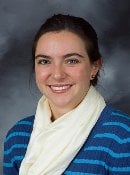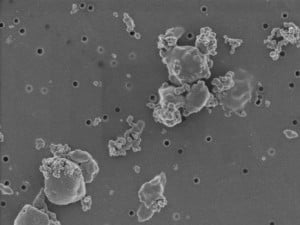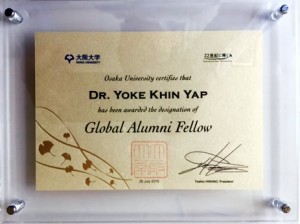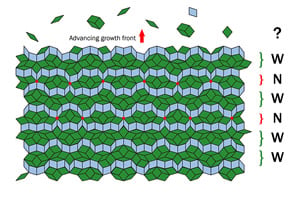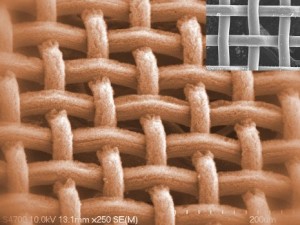Raymond Shaw reviewed Physical Hydrodynamics by Etienne Guyon, Jean-Pierre Hulin, Luc Petit, Catalin D. Mitescu.
I wish I could take every one of my physics students for a walk through the halls and rooms at the annual meeting of the APS Division of Fluid Dynamics. Maybe the best time would be right after their first advanced course in classical mechanics. I would exclaim, “Look, you’ve only just begun, there is so much more!” The meeting is a veritable carnival of physicists…
Read more at the American Journal of Physics.
http://dx.doi.org/10.1119/1.4929153
